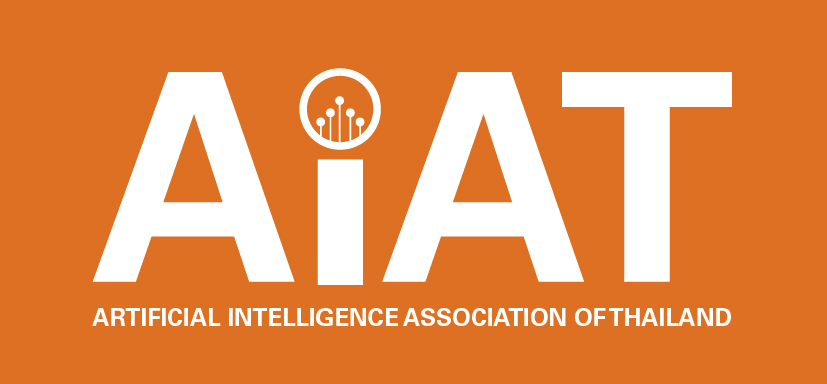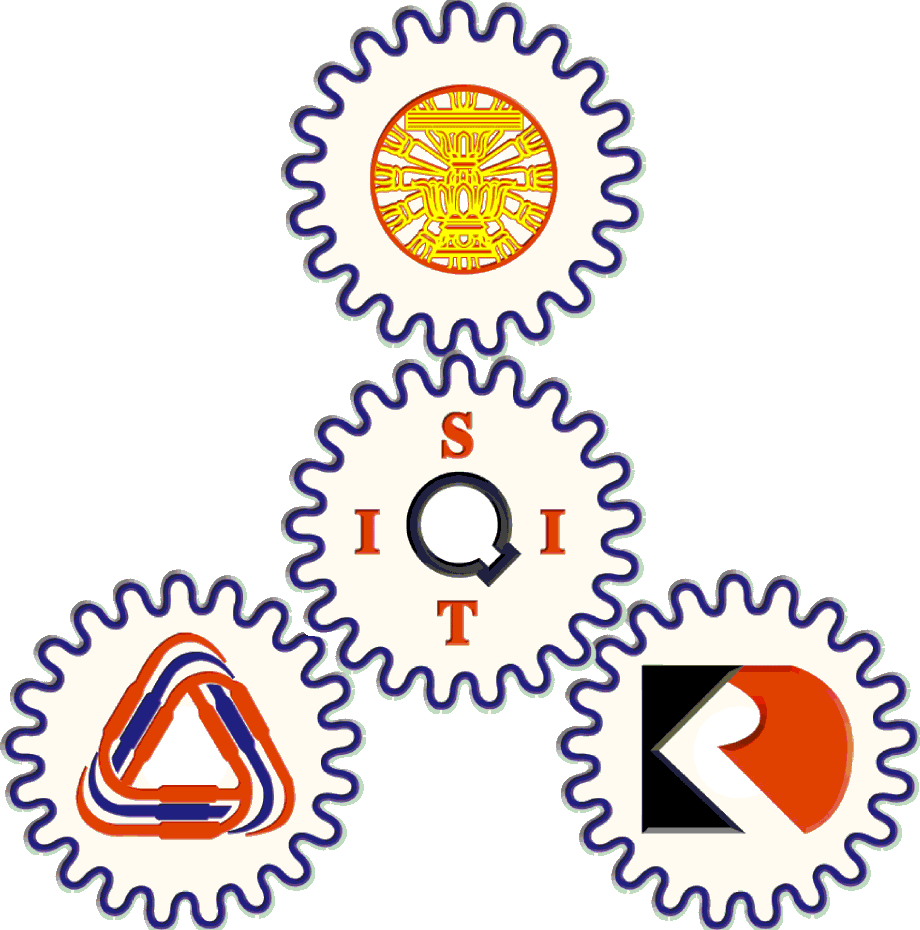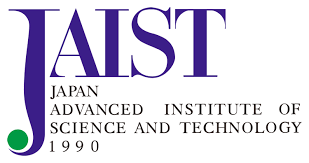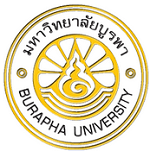Invited Speakers
KICSS and iSAI-NLP 2018 Co-Keynote Speakers
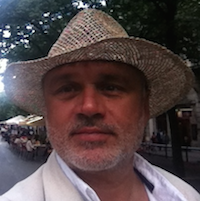
Nicolai Petkov
Professor, Ph.D.
Head of the Intelligent Systems Research Group
Faculty of Science and Engineering, University of Groningen
Phone: +31-50-36-37129
E-mail: n.petkov@rug.nl
URL: http://www.cs.rug.nl/is
Nicolai Petkov is professor of computer science with a chair in
Intelligent Systems and Parallel Computing at the University of
Groningen since 1991. He received his doctoral degree at the Dresden
University of Technology in Germany. After graduation he worked at
several universities and in 1991 he was appointed professor of
Computer Science at the University of Groningen. He was the PhD thesis
director of 31 scientists till now. He was scientific director of the
Institute for Mathematics and Computer Science (now Bernoulli
Institute) from 1998 to 2009, and currently he is vice-chairman of the
University Council and chairman of the Science Faction since 2011.
Petkov is associate editor of several scientific journals
(e.g. J. Image and Vision Computing). He co-organized and co-chaired
the 10th International Conference of Computer Analysis of Images and
Patterns CAIP 2003 in Groningen, the 13th CAIP 2009 in Munster,
Germany, the 16th CAIP 2015 in Valletta, Malta, the International
Workshops Braincomp 2013, 2015 and 2017 on Brain-Inspired Computing in
Cetraro, Italy, and the International Conference on Applications of
Intelligent Systems APPIS 2018 and 2019 in Las Palmas de Gran Canaria,
Spain. Petkov's research interests are in the field of development of
pattern recognition and machine learning algorithms that he applies to
various types of big data: image, video, audio, text, genetic,
phenotype, medical, sensor, financial, web, etc.[2] He develops
methods for the generation of intelligent programs that are
automatically configured using training examples of events and
patterns of interest. See further www.cs.rug.nl/is
Title: Representation learning with trainable COSFIRE filters
Keywords: Representation learning, deep learning, COSFIRE trainable filters
Abstract
In order to be effective, traditional pattern recognition methods typically require a careful manual design of features, involving considerable domain knowledge and effort by experts. The recent popularity of deep learning is largely due to the automatic configuration of effective early and intermediate representations of the data presented. The downside of deep learning is that it requires a huge number of training examples.
Trainable COSFIRE filters are an alternative to deep networks for the extraction of effective representations of data. COSFIRE stands for Combinations of Shifted Filter Responses. Their design was inspired by the function of certain shape selective neurons in areas V4 and TEO of visual cortex. A COSFIE filter is configured by the automatic analysis of a single pattern. The highly non-linear filter response is computed as a combination of the responses of simpler filters, such as Difference of (color) Gaussians or Gabor filters, taken at different positions of the concerned pattern. The identification of the parameters of the simpler filters that are needed and the positions at which their responses are taken is done automatically. An advantage of this approach is its ease of use as it requires no programming effort and little computation - the parameters of a filter are derived automatically from a single training pattern. Hence, a large number of such filters can be configured effortlessly and selected responses can be arranged in feature vectors that are fed into a traditional classifier.
This approach is illustrated by the automatic configuration of COSFIRE filters that respond to randomly selected parts of many handwritten digits. We configure automatically up to 5000 such filters and use their maximum responses to a given image of a handwritten digit to form a feature vector that is fed to a classifier. The COSFIRE approach is further illustrated by the detection and identification of traffic signs and of sounds of interest in audio signals.
The COSFIRE approach to representation learning and classification yields performance results that are comparable to the best results obtained with deep networks but at a much smaller computational effort. Notably, COSFIRE representations can be obtained using numbers of training examples that are many orders of magnitude smaller than those used by deep networks.
KICSS 2018 Keynote Speaker
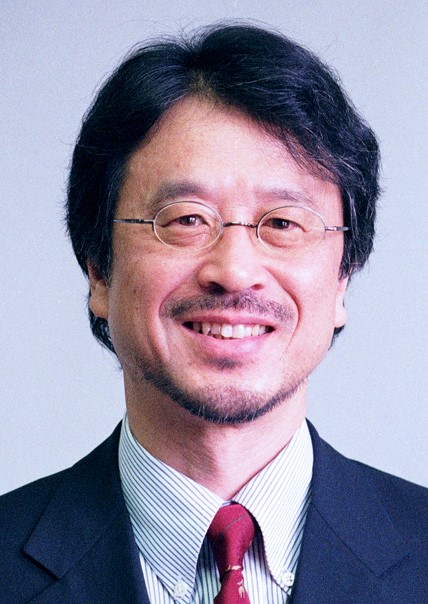
Satoshi Tojo
Professor, Ph.D.
Graduate School of Information Science
Japan Advanced Institute of Science and Technology (JAIST)
1-1 Asahidai, Nomi, Ishikawa 923-1292 Japan
Phone: +81-761-51-1201
E-mail: tojo@jaist.ac.jp
Prof. Dr. Satoshi Tojo received B.E., M.E. and Ph.D. from the University of
Tokyo. After he worked at Mitsubishi Research Institute, Inc. in
1983-1995, he joined Japan Advanced Institute of Science and
Technology (JAIST) as an associate professor of School of Information
Science in 1995, and a full professor from 2000 to this day. His
interest includes formal semantics of natural language, logic of
knowledge and belief in agent communication. His recent works concern
also the iterated learning of grammar acquisition, as well as
grammatical analysis of music.
Title: Music and AI
Keywords: Music, Natural language, Artificial intelligence, Creativity.
Abstract
The biological origins of music and language are said to be one the same as we use ears to hear and throats to sing or to utter, however, only we human beings possess both. In this talk, we discuss the applicability of techniques on natural language processing for the music, because there must be grammatical structure either in music. Within this talk, we will make two important digressions. One is what is the communication. Language seems a meaningful, communicative part of the common origin; then, what is the meaning of music? The other digression is the cognitive bias of infant's language acquisition, which suggests us the possibility of statistical learning of music knowledge. Thereafter, we present our formalization of music in syntactic tree, our implementation of music analyzer and several application systems, including the similarity assessing and the morphing. Finally, we close the talk by the open discussion on whether artificial intelligence come to obtain musical aesthetics and to compose music.
iSAI-NLP 2018 Keynote/Invited Speakers
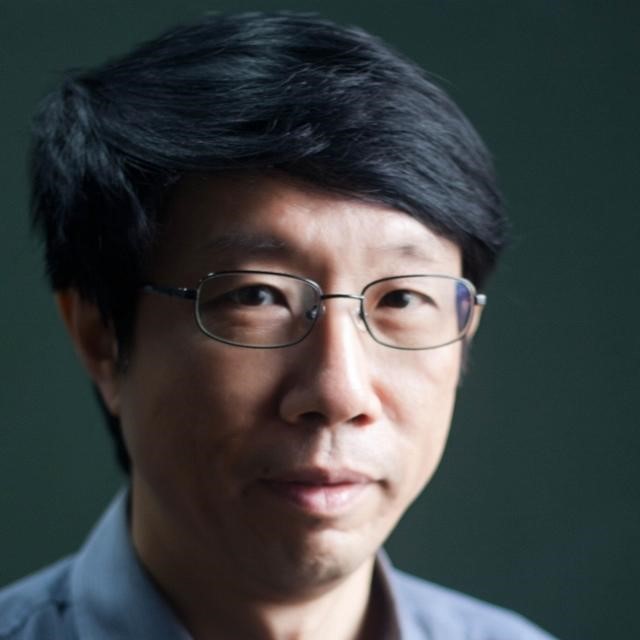
Chidchanok Lursinsap
Professor, Ph.D.
Department of Mathematics and Computer Science
Faculty of Science, Chulalongkorn University
Office: MATH 1108/13 (AVIC)
Phone: +66-2-218-5469
Fax: +66-2-255-2287
E-mail: lchidcha@chula.ac.th
Chidchanok Lursinsap received the B.Eng. degree (honors) in computer
engineering from Chulalongkorn University, Bangkok, Thailand, in 1978
and the M.S. and Ph.D. degrees in computer science from the University
of Illinois at Urbana-Champaign, Urbana, in 1982 and 1986,
respectively. He was a Lecturer at the Department of Computer
Engineering, Chulalongkorn University, in 1979. In 1986, he was a
Visiting Assistant Professor at the Department of Computer Science,
University of Illinois at Urbana-Champaign. From 1987 to 1996, he
worked at The Center for Advanced Computer Studies, University of
Louisiana at Lafayette, as an Assistant and Associate Professor. After
that, he came back to Thailand to establish Ph.D. program in computer
science at Chulalongkorn University and became a Full Professor. His
major research interests include neural learning and its applications
to other science and engineering areas.
Title: Learning with Arbitrary Class Drift in Streaming Data and Applications
Keywords: TBA
Abstract
Arbitrary class drift is a situation where the classes of incoming data arbitrarily change with unknown probability and time periods. The same data already learned may enter the learning process with new classes. Furthermore, the amount of data flow into the learning process may overflow the memory. This scenario actually occurs in various problems. The preliminary solution to this problem consisting of a new neural network structure and learning concept will be discussed.
KICSS 2018 Invited Speaker
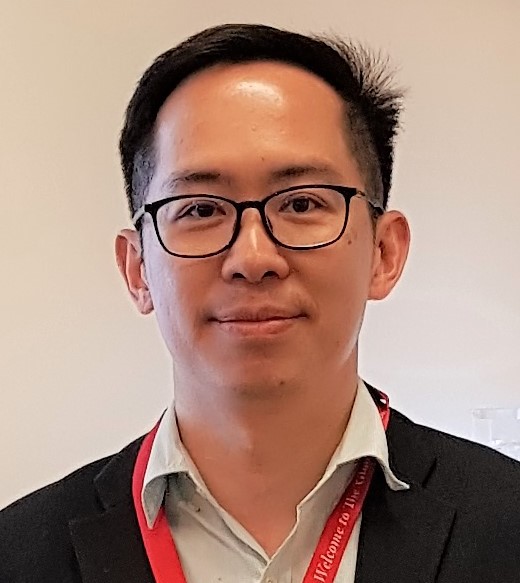
Sumate Charoenchaidet
Ph.D.
Senior researcher
SCG Chemicals Co., Ltd.
10 I-1 Rd. Mapthaphud industrial estate Muang Rayong 21150
E-mail: sumatec@scg.com
Dr. Sumate Charoenchaidet received B.Sc., M.Sc. and Ph.D. from the
Chulalongkorn University in 1995, 1997 and 2002, respectively. He also
got his Ph.D. degree, as a dual degree, from the University of
Michigan, Ann Arbor, USA. After he worked at Thai Polyethylene for
eleven years as catalyst researcher, manager and Senior research in
2002-2013, he joined SCG Chemicals Co., Ltd as a senior researcher and
the group head of polyolefin central research. His interest includes
borate co-catalyst, ethylene polymerization and copolymerization.
Title: Recent Research and Development of Polyolefins Technology in SCG-Chemicals
Keywords: Polyolefin, Process technology, Polyolefin catalysis, ROTO molding, Polyolefin wax, Excellent packaging
Abstract
SCG-Chemicals has launched Polyolefin business since 1983 in Mapthaphud industrial estate, Rayong province. Now a day, we have expanded to upstream and many various downstream-products, for example, composited materials, PTA, MMA etc. Therefore, our vision has been intensified to Differentiated products and High value added products in the future portfolio. Research and Development program has been established since 2002 as Technology Building Blocks for Process technology and Polyolefin catalysis, Polymer Structure and Processing in 2006 and Compounding technology in 2007. Our R&D mission is to strengthen SCG Chemicals to be market leader in South-East of Asia. Recently, we have provided premium pipe applications, ROTO molding, polyolefin wax, excellent packaging etc. to the market by in-house R&D task forces. We are thriving to create new and sustainable competitive advantages by delivering innovations that matters most to the business and leveraging the uses of IP, knowing why we are here and what do we need to be specialized. Finally, we would be appreciative to invite specialists and researches from around the world to join in to create value together. As SCG's current promising is "Passion for Better" for challenging to change and offer better solution.
